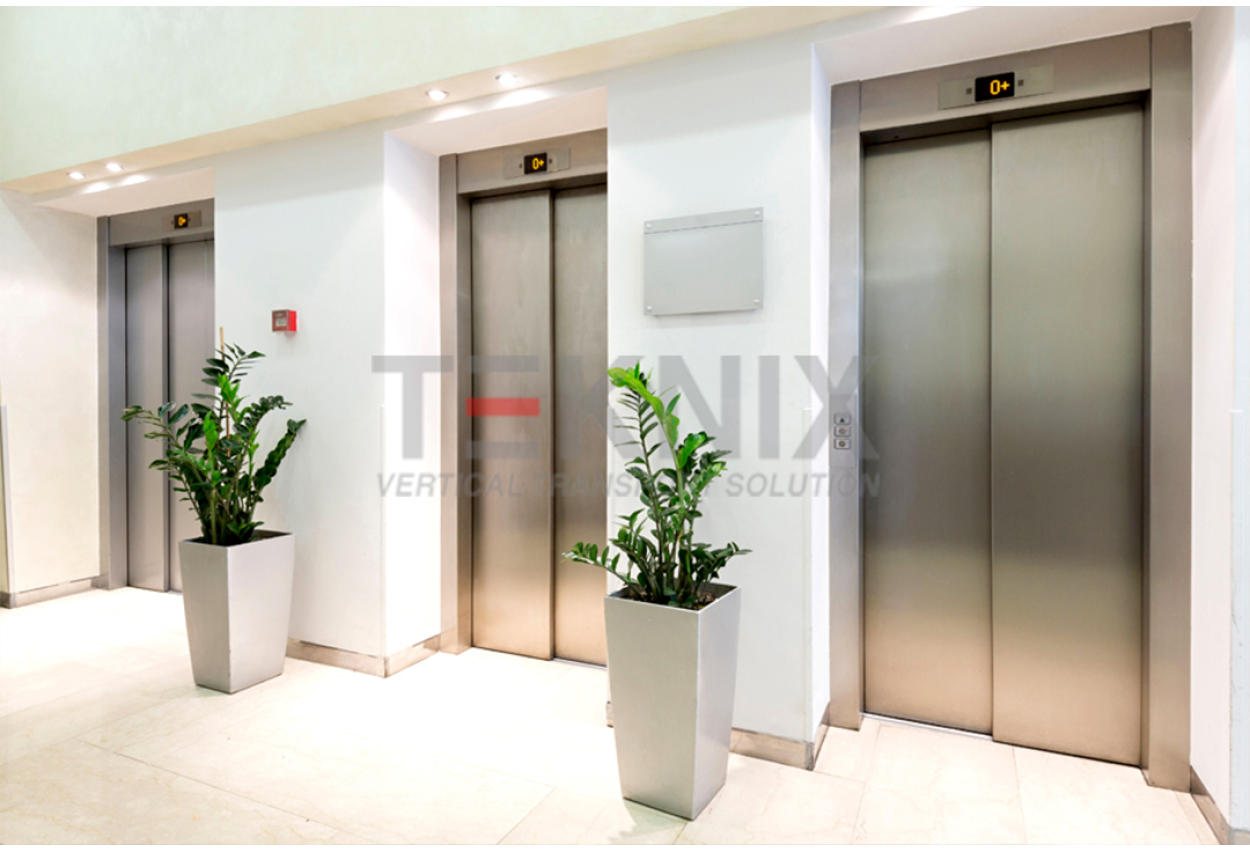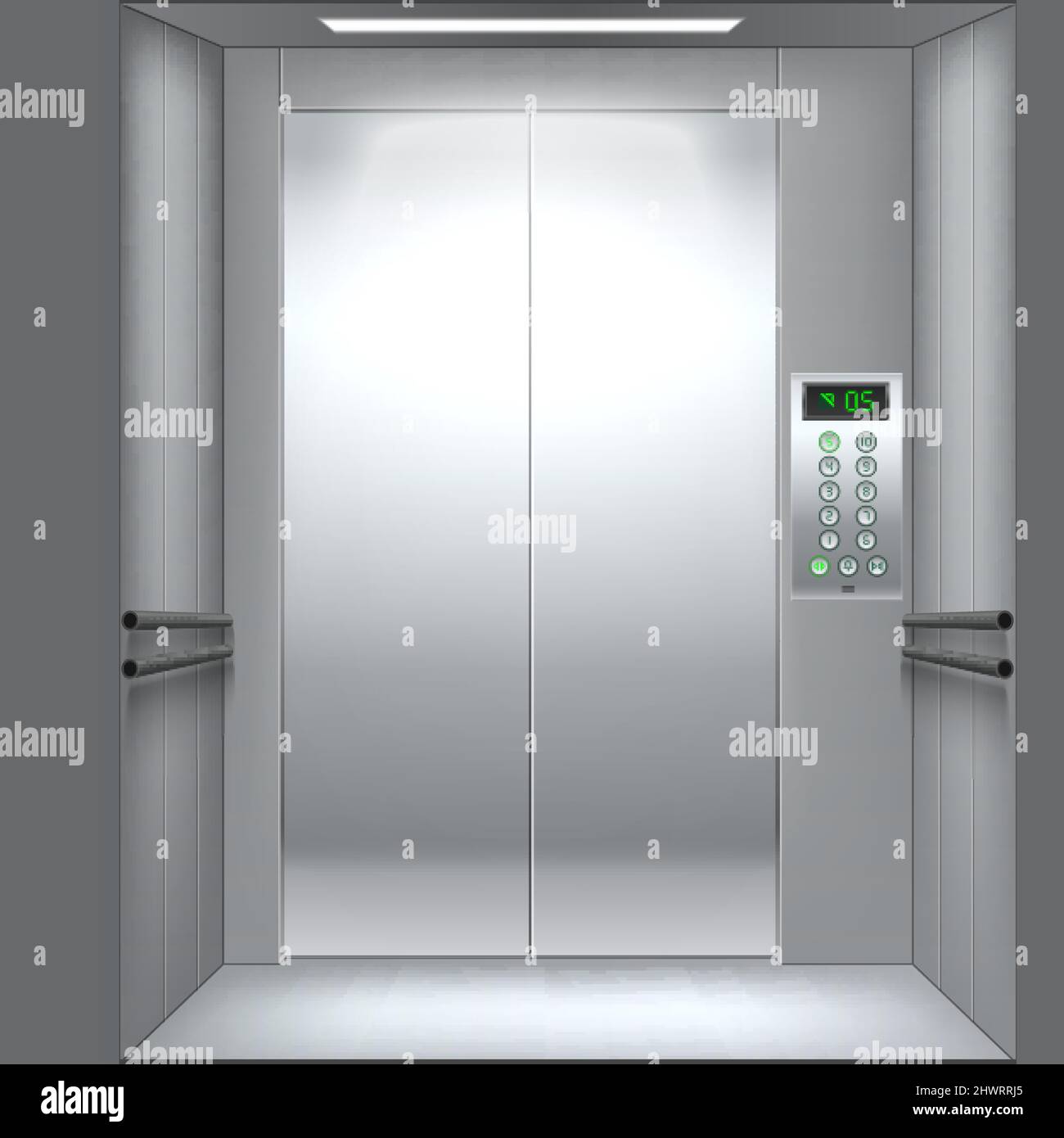Leading Lift Companies in London: Supplying Exceptional Solution and Assistance
Leading Lift Companies in London: Supplying Exceptional Solution and Assistance
Blog Article
Digging Into the Globe of Elevators: Usual Problems Encountered by Different Lift Mechanisms
As we browse through the upright transport systems of contemporary buildings, elevators stand out as an indispensable element of our daily lives. Nevertheless, behind their smooth operation lies a globe of elaborate devices that can sometimes come across challenges. From hydraulic elevators to grip systems and machine-room-less designs, each lift type comes with its collection of usual issues. Comprehending these challenges is crucial for guaranteeing the smooth functioning of these crucial systems. Allow's explore the intricacies that underlie the operation of elevators and the possible concerns that can occur, losing light on the intricate web of lift mechanisms.
Hydraulic Lifts
Hydraulic lifts, often chosen for low-rise buildings, use fluid stress to manage the motion of the lift auto (lift repair companies). This mechanism involves a hydraulic pump pushing oil into a cylinder, triggering the lift to relocate in the preferred instructions. While hydraulic lifts are understood for their quiet and smooth procedure, they do feature their own collection of usual concerns
One common problem with hydraulic elevators is oil leakage. In addition, concerns with the control system, such as defective shutoffs or a malfunctioning pump, can cause disruptions in the lift's motion.
Regular maintenance and punctual fixings are vital to make sure the smooth functioning of hydraulic lifts. By addressing these usual problems proactively, building proprietors can reduce downtime and make certain the safety and performance of their vertical transport system.
Traction Lifts
When thinking about vertical transportation systems in structures, an additional typical type apart from hydraulic elevators is the grip lift. Traction lifts operate using a system of ropes and weights that move the elevator vehicle by grasping onto the hoist ropes. This mechanism permits for smoother and faster upright transportation contrasted to hydraulic systems.
One of the common concerns dealt with by grip elevators is rope wear. The consistent movement of the ropes within the traction system can bring about tear and wear gradually, potentially triggering the lift to malfunction or end up being dangerous for use. Normal evaluations and upkeep of the ropes are vital to make sure the lift's proper functioning and safety.
Another concern that traction elevators may encounter is connected to the control system. Troubles with the control system can result in concerns such as irregular movement, delays in action times, and even total closures. Regular testing and maintenance of the control system are crucial to avoid such issues and make sure the lift's integrity.
Machine-Room-Less (MRL) Lifts

One of the key elements of MRL elevators is the portable gearless traction equipment that is set up within the hoistway. This machine effectively drives the elevator cars and truck without the requirement for bulky tools discovered in traditional traction lifts. Additionally, MRL elevators normally use a weight system to balance the cars and truck, further improving their power effectiveness.
Regardless of their benefits, MRL elevators may deal with difficulties connected to try this repair and maintenance as a result of the constrained space for equipment installation. Availability for servicing parts within the shaft can be restricted, calling for specialized training for service technicians. Correct maintenance schedules and regular evaluations are vital to make certain the ongoing smooth procedure of MRL lifts.
Overloading and Weight Restriction Issues
Are elevators outfitted to handle excess weight loads efficiently and safely? Overloading and weight article source limit problems are essential problems in lift procedures. Lift makers style raises with certain weight abilities to guarantee passenger security and tools longevity. Going beyond these weight restrictions can cause different troubles, including mechanical failings, hold-ups, and security risks.
When elevators are overloaded, it puts extreme strain on the electric motor, cable televisions, and other parts, potentially causing malfunctions or breakdowns. If they detect excess weight, safety and security mechanisms such as sensing units and overload sensors are in area to protect against elevators from relocating. Furthermore, going beyond weight limitations can bring about enhanced energy usage and wear and tear on the elevator system.
To mitigate overwhelming concerns, developing supervisors should plainly present weight limitations in elevators and educate residents on the significance of adhering to these limitations - lift repair companies. Normal maintenance checks by qualified professionals can likewise aid make certain that elevators are operating within secure weight parameters. By attending to overloading and weight limit problems proactively, structure proprietors can enhance elevator security and performance
Electrical System Failures
Exceeding weight limitations in lifts can not just bring about mechanical issues but likewise potentially contribute to electric system failures within the lift facilities. Electric system failures are an essential issue in lift operation, as they can cause unforeseen shutdowns, breakdowns, or perhaps safety and security hazards. One common electrical concern is the overheating of components because of extreme present flow triggered by straining the lift beyond its ability. reference This can lead to damage to the motor, wiring, or control systems, causing pricey repairs and downtime.
Routine upkeep and assessments are essential to recognize and deal with prospective electrical problems without delay, making sure the safe and effective procedure of lift systems. By sticking to weight limits and carrying out routine electrical system checks, structure proprietors can mitigate the danger of electric failings in lifts.
Final Thought

Hydraulic elevators, frequently preferred for low-rise structures, utilize fluid stress to regulate the motion of the lift automobile.When considering upright transport systems in buildings, an additional common kind apart from hydraulic elevators is the grip lift. Traction lifts operate making use of a system of ropes and counterweights that relocate the lift automobile by clutching onto the hoist ropes. Unlike conventional lifts that call for a separate maker area to house the equipment, MRL elevators incorporate many of the components within the shaft, getting rid of the demand for a dedicated maker area.In conclusion, elevators deal with usual issues such as hydraulic breakdowns, grip system failings, and electrical system troubles.
Report this page